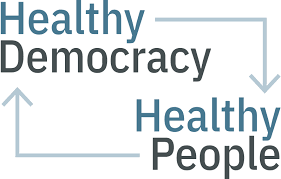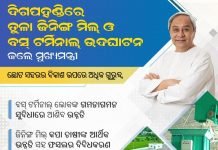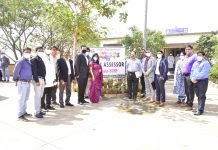Bhubaneswar: Every society in the world has inequality. When the level of inequalities is high in a society, then it comes to the discussion. So to say when five fingers in a hand are not equal, how is it fair to expect equality in everything. Still, each democracy in the world is persistent to bring equality in social-economic sectors. Yet there is one quality prevailing in democracies. It is universal that India has deep and widespread equalities all over. As a result for an Indian, his/her gender, caste, class and religion has a profound connection with the education and economic achievements he/she has. Indirectly, this implies that all these indicators not only define their lives but also death.
Research reports that in India, the life length of the people belonging to the community of Muslims, and Tribals are less as compared to the Hindus from upper castes. Like India, the United States of America is another most talked about democracy. Research has shown that it is as similar the Tribals and Dalits live their life in India as the difference between the black and white people in America and the difference between Jews and Arabis in Israel. It might sound surprising but comprehending it is all the same. In 2019, UNDP had reported the percentage of poor among the upper caste Hindus was 15% whereas it was 33% in Muslims and Dalits, 50% among the Tribals. Half of the tribal community was poor. Other than this, for many years various developmental programs are underway it has been testified much research that the reach affluent people live longer than the poor and downtrodden. So parameters like education, health and employment reduce the difference of life expectancy between the Black and the White Americans by three fourth while in the case of the upper-caste Hindus, Dalits and Tribals the contribution of these parameters is only 50%.
In other words, despite their incomes, educational qualifications, and situation of livelihood being the same, in India, the average life expectancy of the traditionally insecure communities will be significantly lower than that of the upper caste Hindus. Despite the quota and reservation system for the lower caste and communities in the field of government employment and educational institutions as well as many other positive steps being taken for their upliftment, the difference in life expectancy among these strata and communities could not be reduced completely. However, this inequality is hard to be impeded, even though it is the United States of America. The United States of America’s the Bill of Rights, which had motivated in framing the fundamental rights of the Indian constitution, has pronounced very strongly that every human being is created equally. But many big democracies in the world have not been successfully convinced their people about life expectancy would not be affected by their care, class, religion and gender. With the advent of the Covid-19 pandemic, the level of inequality among citizens of different countries has raised substantially higher than before. In India, the government has not yet declared the percentage of covid infected cases among different castes and religions. But the visible rate of inequalities among different castes, communities and religions, suggests that the government should take targeted health measures for the minority communities, and lower caste/ Dalits. Because the health of the democracy is associated with the health and wellbeing of its citizens.
-OdishaAge




















